FIRST - Power / Weight ratios
Both jeeps make over 300 whp. Understood. Given. Both are rockets. Maybe they will both make a about 330, (bb's chart is around here somewhere)
My point, The SC makes that much power, but the HEMI has to make it earlier in the power band. BUT then we have to factor weight. Is 400 lbs extra weight enough to neutralize the extra early power?
So in a test tube, with everything else excluded, how much does the HEMI's weight hold it back?, Or the SC's weight make up for its steeper power band?




 Reply With Quote
Reply With Quote
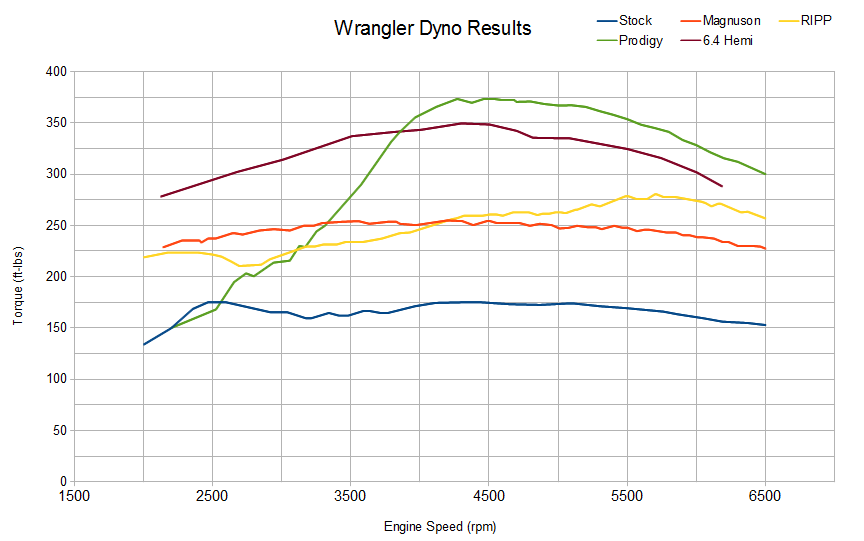
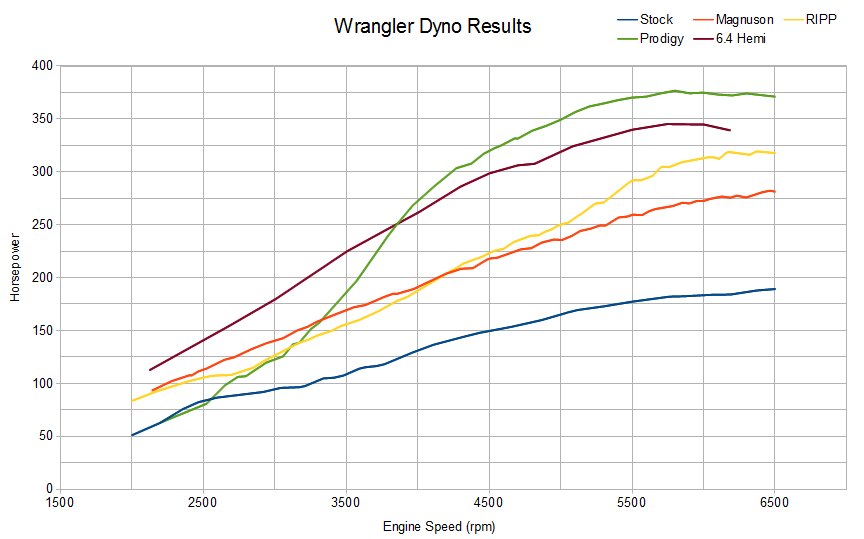
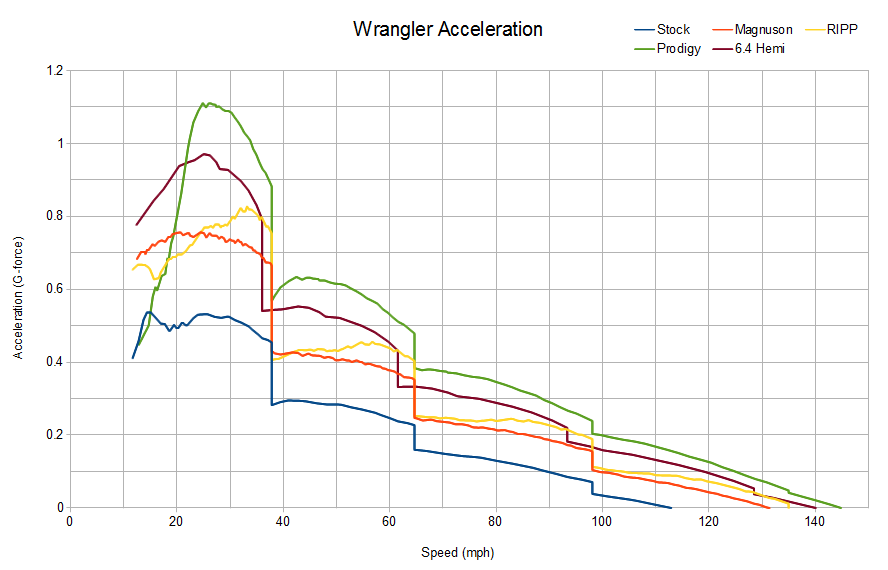
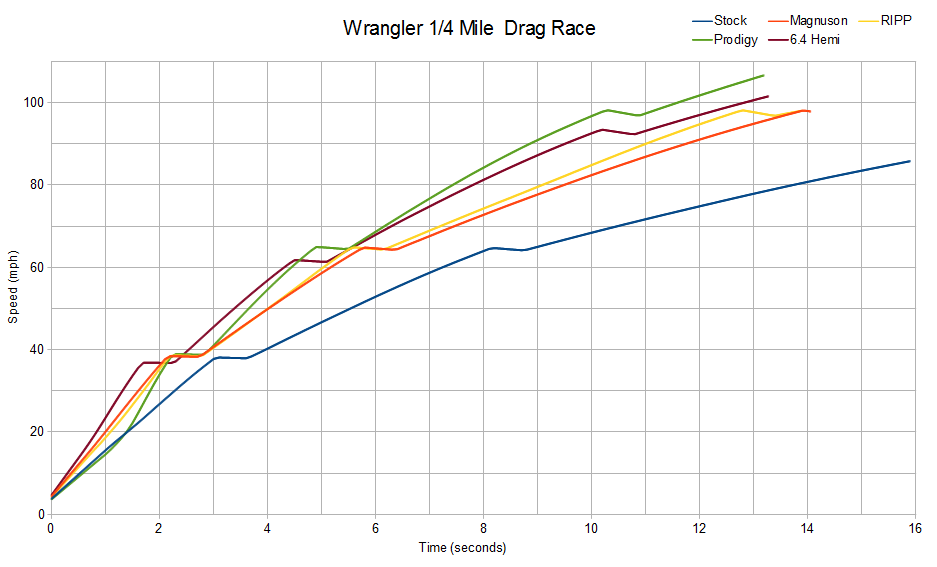
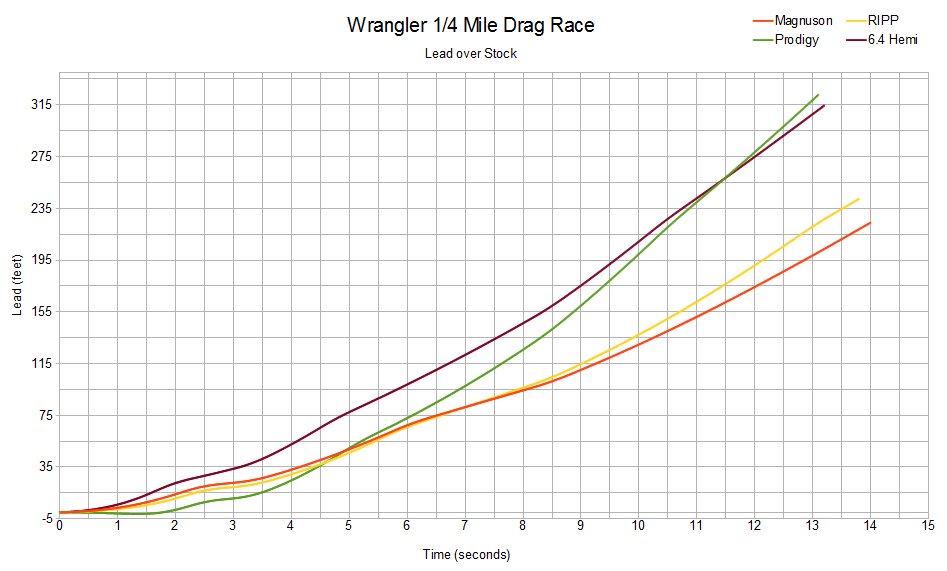





Connect With Us